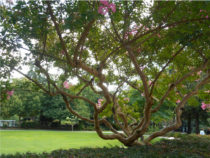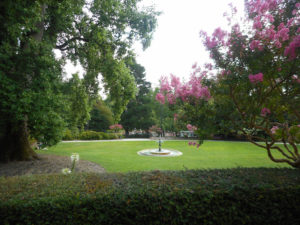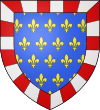
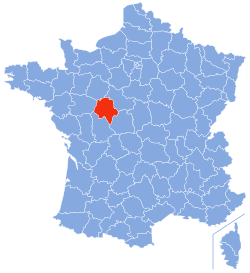
Indre-et-Loire is one of the original 83 departments created during the French Revolution on 4 March 1790. It was created from the former province of Touraine.
Tours, the departmental prefecture, was a centre of learning in the early Middle Ages, having been a key focus of Christian evangelisation since St Martin became its first bishop in c. 375. From the mid-15th century, the royal court repaired to the Loire Valley, with Tours as its capital, and at the confluence/crossing-point of the Loire and Cher rivers it became a centre of silk manufacturing and other luxury goods, including the wine-trade, creating a prosperous bourgeoisie.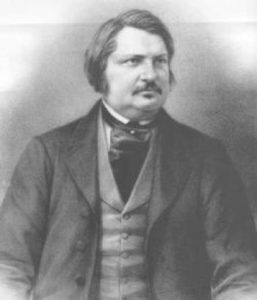
After the creation of the department it remained politically conservative, as Honoré de Balzac recorded in several of his novels. Conservative Tours refused to welcome the railways which instead were obliged to route their lines by way of Saint-Pierre-des-Corps on the city’s eastern edge. The moderate temper of the department’s politics remained apparent after the Franco-Prussian War of 1870: sentiments remained predominantly pro-royalist during the early years of the Third Republic.
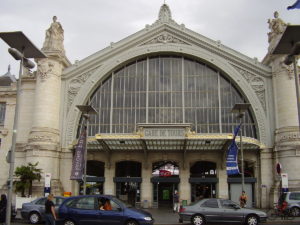
For most of the nineteenth century, Indre-et-Loire was a rural department, but pockets of heavy-duty industrialisation began to appear towards the century’s end, accompanied by left-wing politics. 1920 saw the birth of the French Communist Party at the Congress of Tours. By 1920 Saint-Pierre-des-Corps had become a major railway hub and a centre of railway workshops: it had also acquired a reputation as a bastion of working class solidarity.
See also
- Cantons of the Indre-et-Loire department
- Communes of the Indre-et-Loire department
- Arrondissements of the Indre-et-Loire department
